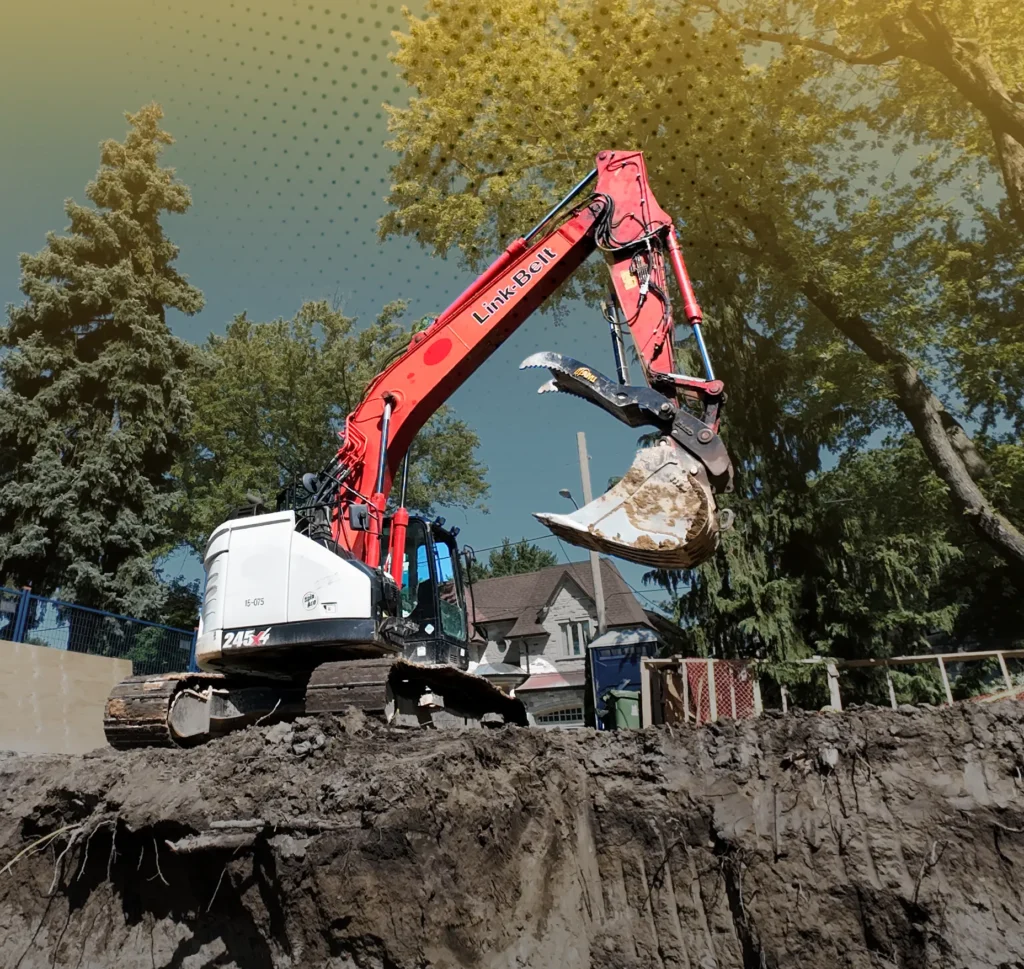Importance, Methods, and Best Practices
Shoring is a crucial technique in construction that ensures the stability and safety of excavation sites, preventing soil collapse and protecting workers. Whether in urban settings with adjacent structures or large-scale projects requiring deep excavation, shoring plays a vital role in maintaining structural integrity.
In this article, we’ll explore the importance of shoring, various methods used, and best practices to ensure a safe and efficient construction process.
Importance of Shoring in Construction
- • Prevents Soil Collapse: Loose or unstable soil can cave in, causing accidents and delays. Shoring reinforces the excavation site to prevent such incidents.
- • Ensures Worker Safety: Deep excavations pose risks of falling debris and cave-ins. Proper shoring protects workers from potential hazards.
- • Protects Adjacent Structures: In urban environments, excavation near buildings requires shoring to prevent foundation damage and structural instability.
- • Supports Deep Excavations: Large construction projects, such as basements, underground parking lots, and tunnels, require shoring to maintain excavation walls.
- • Complies with Safety Regulations: Occupational safety laws mandate shoring in certain excavation projects to minimize risks and ensure legal compliance.
Common Shoring Methods
1 Soldier Pile and Lagging
- Used in deep excavations, especially in urban areas.
- Steel piles (soldier beams) are driven into the ground, and wooden or steel lagging is inserted between them to support the soil.
2 Sheet Piling
- Ideal for retaining walls, water barriers, and soft soil conditions.
- Interlocking steel sheets are driven into the ground to form a continuous wall.
3 Secant Pile Walls
- Used for deep excavations and underground structures.
- Overlapping concrete piles create a watertight barrier, providing excellent support.
4 Contiguous Pile Walls
- Similar to secant pile walls but with small gaps between piles.
- Provides moderate support while allowing drainage.
5 Braced Shoring
- Used in narrow excavations where lateral support is required.
- Horizontal steel braces are installed across the excavation to hold walls in place.
6 Tieback Anchors
- Provides lateral support for deep excavation walls.
- Anchors are drilled into the soil and tensioned to stabilize the structure.
Best Practices for Effective Shoring
Conduct a Site Analysis
Before shoring installation, engineers must assess soil stability, water table levels, and surrounding structures to determine the best method.
Use the Right Shoring Technique
Selecting the appropriate shoring system based on excavation depth, soil type, and project requirements is crucial for safety and efficiency.
Ensure Proper Installation
Shoring components must be installed by experienced professionals using high-quality materials to ensure reliability and durability.
Regularly Inspect the Shoring System
Continuous monitoring of the shoring structure is necessary to detect any signs of failure, movement, or water infiltration.
Follow Safety Guidelines
Workers should receive proper training on working around shoring structures and adhere to OSHA and local safety regulations.
Monitor for Environmental Factors
Weather conditions, groundwater levels, and nearby construction activities can impact shoring stability and should be regularly assessed.

Equipment Used in Shoring
Conclusion
Shoring is a vital component of excavation projects, ensuring stability, safety, and compliance with regulations. Whether for deep urban excavations, underground structures, or slope stabilization, using the right shoring technique minimizes risks and enhances project success.
At Hippo Excavation, we specialize in professional shoring solutions for construction projects in Toronto and surrounding areas. Our team ensures safe, efficient, and regulation-compliant excavation support systems.
📞 Call us today: (416) 876 8970
🌐 Visit our website: hippoexcavation.ca
